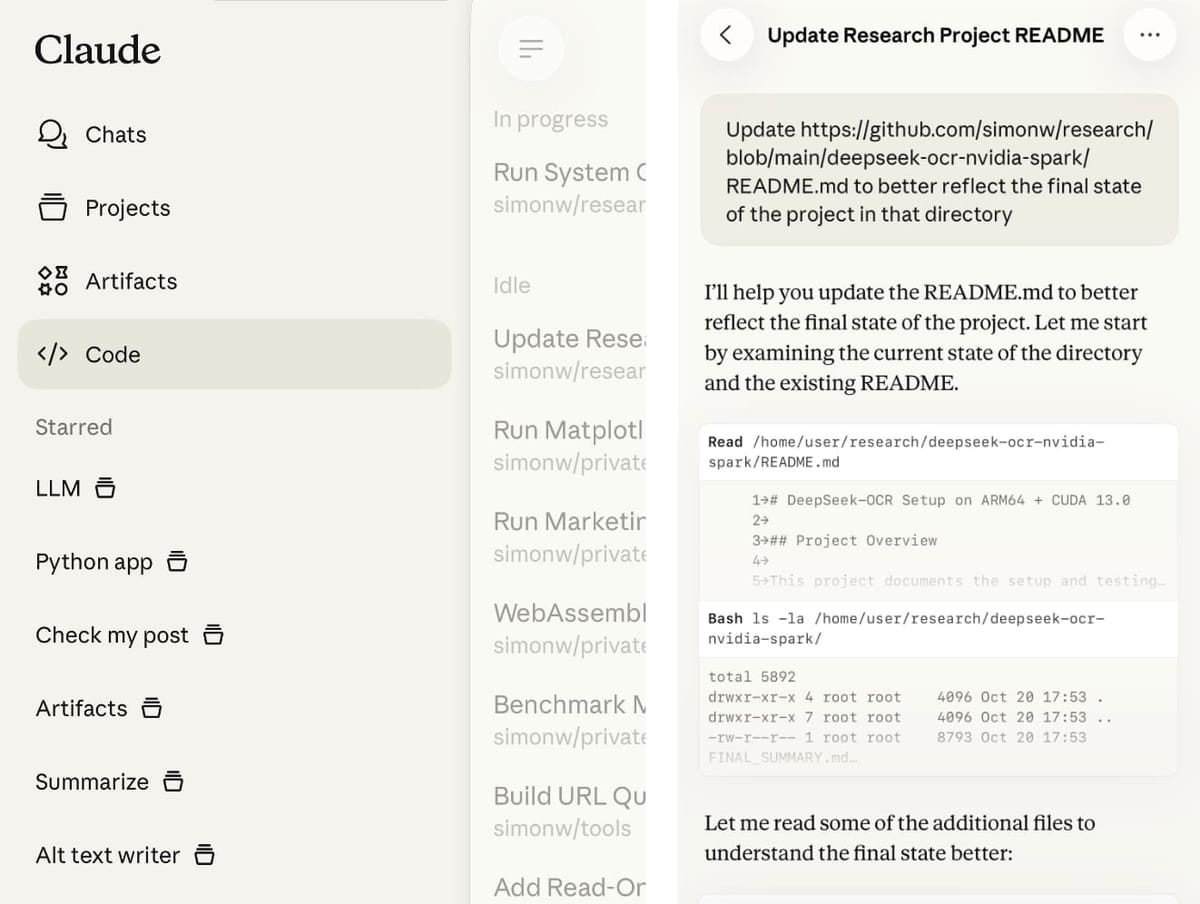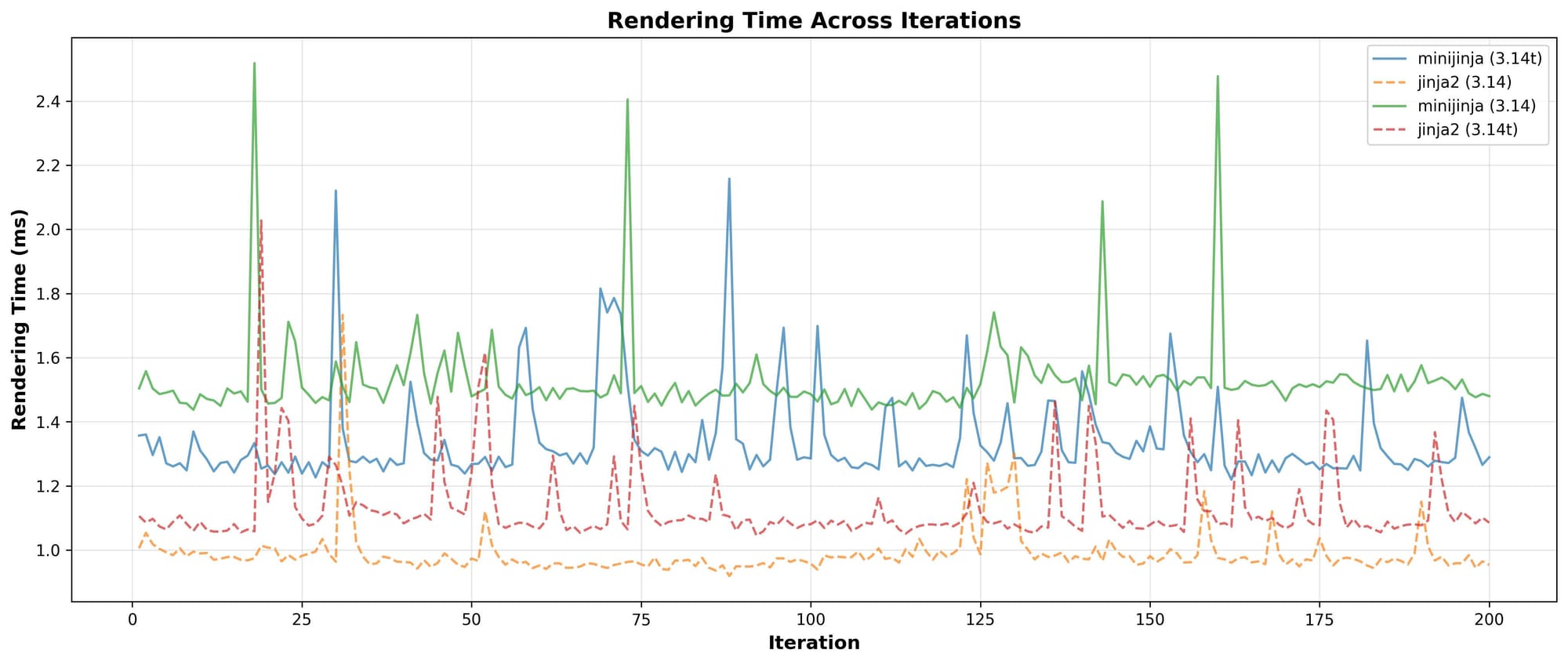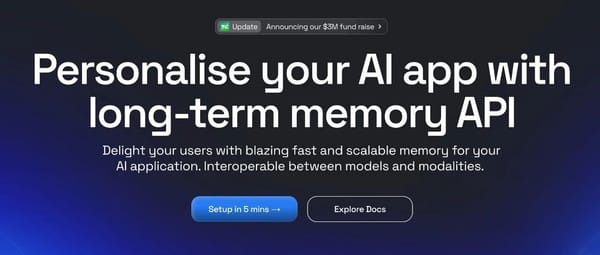Anthropic's Claude Code for Web — A New Asynchronous Coding Agent from Anthropic

Claude Code for Web Launch Overview
Anthropic has introduced Claude Code for Web — an asynchronous coding agent positioned as their answer to:
- OpenAI’s Codex Cloud
- Google’s Jules
Following a similar model, Claude Code for Web is now live at claude.ai/code and is also accessible via the Claude iPhone app.

---
Technical Notes & Architecture
From early testing, Claude Code for Web appears to bundle the latest build of the Claude Code CLI in a containerized environment — configured with `--dangerously-skip-permissions`.
Key traits:
- Exact match to CLI behavior
- "Teleport" capability:
- Copy chat history and edited files locally for continued CLI work
- Anthropic’s containerization expertise: see this example
---
Typical Workflow
- Point to a GitHub repository.
- Choose an execution environment:
- Fully locked down
- Restricted by domain allow-list
- Open domains (including `"*"` for full access)
- Provide an initial prompt to start execution.
Additional prompts are queued and run after the current step finishes.
Upon completion:
- A new branch is created with changes
- Optionally, an automatic pull request is opened for review
---
Broader Implications
Claude Code for Web is part of the growing AI-powered coding assistant ecosystem.
Beyond software development, AI-driven automation transforms content creation and monetization:
- Platforms like AiToEarn官网 enable simultaneous publishing to:
- Douyin, Kwai, WeChat, Bilibili, Rednote (Xiaohongshu), Facebook, Instagram, LinkedIn, Threads, YouTube, Pinterest, X (Twitter)
- AiToEarn文档 integrates:
- AI generation tools
- Cross-platform publishing
- Analytics & model rankings
- -> Turning AI creativity into income with similar efficiency to coding agents
---
Real-World Examples from Preview Weekend
Both Claude Code for Web and CLI produce indistinguishable PRs. Examples:
- Add query-string-stripper.html tool — deployed via GitHub Pages as query-string-stripper
- MiniJinja vs Jinja2 Benchmark — private repo, later made public; see prompt
- Update deepseek-ocr README — corrected outdated README
---
MiniJinja vs Jinja2 Benchmark Example
Triggered by Armin’s tweet announcing Python 3.14 free-threading support for MiniJinja:
Execution details:
- Private repo
- Open environment (`*` allow-list)
- Prompt requested benchmarks across:
- MiniJinja (main branch)
- Jinja2 (latest stable)
- Python 3.14 and 3.14t free-threaded
- Outputs: Shell script, benchmark code, Markdown results, matplotlib charts
One sample chart:

Observation: Jinja2 outperformed MiniJinja — likely due to years of optimization and absence of Rust function call overhead.
---
Convenience Factor
While results match CLI execution, Claude Code for Web provides:
- Hosted container managed by Anthropic
- Smooth web & mobile UI
- Easy multi-platform publishing workflows when paired with tools like AiToEarn
---
Sandboxing Strategy
Anthropic’s launch announcement is embedded in their engineering blog post:
Beyond permission prompts: making Claude Code more secure and autonomous.
> Claude Code’s new sandboxing features — a bash tool and Claude Code on the web — reduce permission prompts and increase user safety by enabling two boundaries: filesystem and network isolation.
Sandbox components:
- macOS: `seatbelt`
- Linux: Bubblewrap
- Open-source library: anthropic-experimental/sandbox-runtime
---
Filesystem Sandboxing
Relatively straightforward isolation of file system.
Network Isolation
> Internet access only via a Unix domain socket to an external proxy
> Proxy enforces domain restrictions and handles user confirmations
> Supports custom proxy rules for stricter security
Benefits:
- Protects against prompt injection & lethal trifecta attacks
- Cutting network access removes the “data exfiltration” risk
---
Environment Settings & Concerns
Modes:
- No network access — safest
- Trusted network access — limited to domains for dependency installs
- ⚠ Default allow-list includes dozens of domains, raising potential risk
- Custom environment — user-defined allow-list (e.g., `"*"` for unrestricted projects)
Anthropic’s sandboxing acknowledges that YOLO mode (`--dangerously-skip-permissions`) is far more productive, but requires safety measures.
---
Final Takeaways
Safe sandboxing can integrate seamlessly with multi-platform AI content publishing tools:
- AiToEarn官网 enables:
- AI generation
- Cross-platform publishing
- Analytics & model ranking
- Supports channels including: Douyin, Kwai, WeChat, Bilibili, Rednote, Facebook, Instagram, LinkedIn, Threads, YouTube, Pinterest, X (Twitter)
- Documentation: AiToEarn文档
Conclusion: The combination of secure sandbox execution and unified publishing workflows offers developers and creators the safety, convenience, and reach needed for modern AI-driven projects.
---
Would you like me to also create a table comparison between Claude Code for Web and Claude Code CLI so the advantages and trade-offs are clearer? That could help readers decide which environment is best for their workflow.




